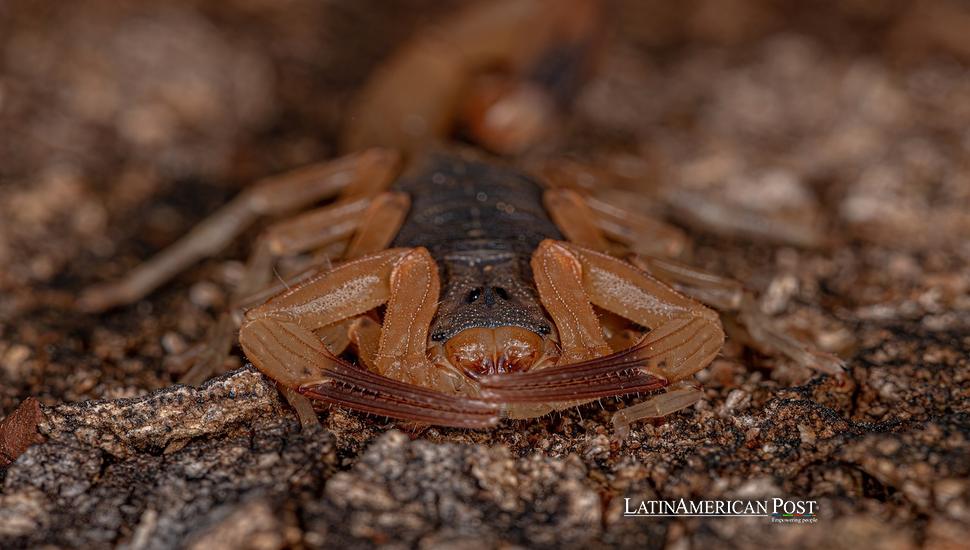Living Through Brazil’s Urban Scorpion Crisis

As urbanization accelerates and temperatures soar in Brazil, scorpions are not just surviving but thriving. This alarming trend is fueling a public health crisis of urgent proportions. In response to the escalating problem of scorpion stings, Brazil is mobilizing to distribute sufficient antivenom to combat this epidemic.
Scorpions Thrive in Brazilian Cities.
In Brazil, rapidly expanding cities and rising temperatures make scorpions a severe public health risk. The Brazilian yellow scorpion, the deadliest in South America, has adapted well to urban environments, where food such as cockroaches and natural predators are scarce. “The cities are breeding cities,” said Thiago Chiariello, production manager at the scorpion antivenom lab at Instituto Butantan, in a statement to AFP. “The garbage they leave behind travels around, feeding scorpions.”
The Brazilian yellow scorpion’s asexual reproductive capabilities make it difficult to control its population. With cooler temperatures aiding reproduction, this species is thriving in metropolitan areas of Brazil. “As temperatures rise, their metabolism increases too, leading them to eat more and multiply faster,” Chiariello explained regarding scorpions’ ability to adapt to a changing environment.
Rising Sting Rates and Public Health Risks
The statistics are staggering over 200,000 scorpion stings were reported in Brazil in 2023, a 250 percent surge compared to a decade ago. This translates to approximately 550 stings per day. Last year, 152 people succumbed to these stings, up from 95 in 2019, according to AFP. The sting of the Brazilian yellow scorpion can cause intense pain, vomiting, sweating, and shaking in healthy adults. The more severe consequences, such as cardiac collapse and heart failure, can be fatal, especially for children and the elderly.
“The more people exposed to them, the more accidents occur,” Chiariello asserted. The explosion of scorpion stings highlights the urgent need for medical intervention, particularly since few people in rural areas experience severe health complications. Limited access to medical care remains a significant barrier in the fight against scorpions and the diseases they carry.
Instituto Butantan’s Struggle to Deliver Antivenom.
Due to the mounting deaths from stings, the Instituto Butantan in São Paulo is grappling with the challenge of expanding its antivenom production. This life-saving serum is being painstakingly produced to meet the surging demand for treating more severe envenomations. Such meticulous procedures ensure safety during critical times like the current crisis.
To manufacture the antivenom, scorpion venom is injected into horses, which can tolerate the exposure much better than humans. The immune response generated in the horse’s blood is then filtered to create the serum. According to Goldoni, the horse’s blood is purified to extract the necessary components.
A Timely Demand for Public Health Reforms.
The surge in scorpion stings reported at Instituto Butantan has led to a shortage of anti-venom. The increasing incidents of scorpion stings have even forced a halt in antivenom production. This situation underscores the pressing need for comprehensive, long-term solutions to address the issue. Building cities to minimize scorpion habitats, dispelling misperceptions about snakes through public health initiatives, and ensuring the availability of antivenom are crucial steps in this direction.
Also read: Argentine Director Explores Cinema’s Role in Reviving Communities and Addressing Isolation
Climate change is making cities more inviting places for scorpions. Therefore, a coordinated response to this public health issue is more essential than ever. “It’s not just about urbanization or climate; it’s about adapting to the world,” Chiariello told AFP.





